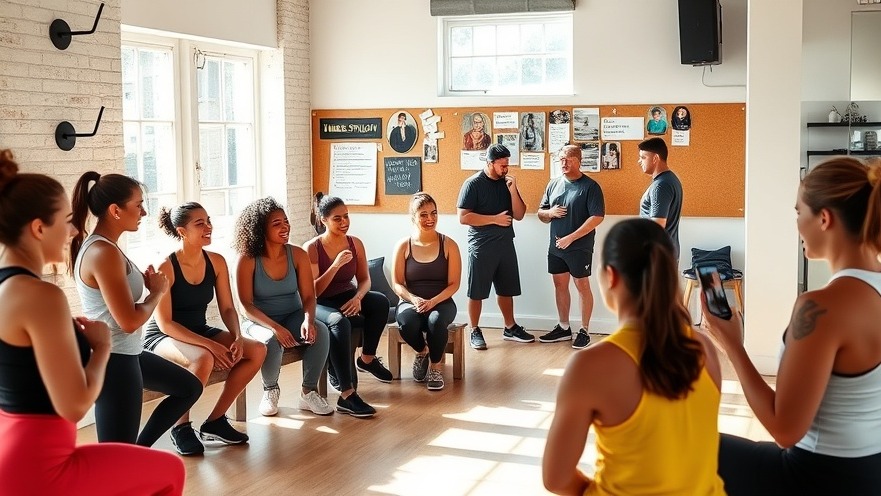
Revitalizing Gym Communities Through Authentic Branding
In today's fast-paced fitness landscape, authenticity is a key driver of success. This was a central theme in a recent discussion featuring experts Kim Gouch, Dan Young, and Dr. Patrick Porter in a captivating interview about mastering gym marketing and management through authentic branding. The conversation was rich with insights that spoke directly to gym owners and operators striving to connect with their local communities.
The Power of Authentic Connections
One of the standout points from the interview was how vital it is for gym brands to foster genuine relationships with their members. Kim Gouch highlighted how authenticity allows gyms to stand out in a crowded market, emphasizing that creating a strong brand identity rooted in community values can significantly enhance member retention and loyalty. By sharing stories and values, gyms can cultivate a deeper emotional connection with their clientele, which often translates to increased engagement and word-of-mouth referrals.
Building Trust in Your Gym Community
Dan Young noted that trust is paramount in the gym industry, especially when dealing with health and wellness. Members need to feel confident in the atmosphere and programs offered. Authentic branding allows gyms to portray their values and commitments transparently. This transparency not only builds trust, but also attracts new members who share similar values, thereby expanding the gym’s demographic and fostering a more vibrant community.
Success Stories to Inspire
Throughout the discussion, several success stories were shared illustrating how gyms have effectively leveraged authentic branding. For example, one local gym implemented a program that not only focused on fitness but also addressed members' mental well-being, integrating community support activities into their offerings. This holistic approach resonated deeply with members and led to a spike in new enrollments.
Technology as an Ally in Gym Marketing
In today's digital age, technology plays a significant role in branding and marketing. The interview emphasized the use of social media as a tool for authenticity, encouraging gyms to share not just promotional content, but also behind-the-scenes glimpses into their community culture. Live classes, member spotlights, and interactive challenges can enhance participation and engagement.
The Future of Gym Branding
Looking ahead, the panelists predicted that gyms focusing on authenticity and community engagement will thrive. They highlighted an emerging trend toward more personalized fitness experiences, tailored programs that cater to individual needs of members, and the importance of fostering an inclusive and welcoming environment.
If you are a gym owner or manager, now is the time to assess your branding strategies. Are you creating authentic connections with your community? Consider taking steps to enhance your brand’s authenticity and engage with your members on a deeper level. Authenticity is not just a marketing tool; it is a necessity for sustainable growth and success in the fitness industry.
 Add Row
Add Row  Add
Add 




Write A Comment